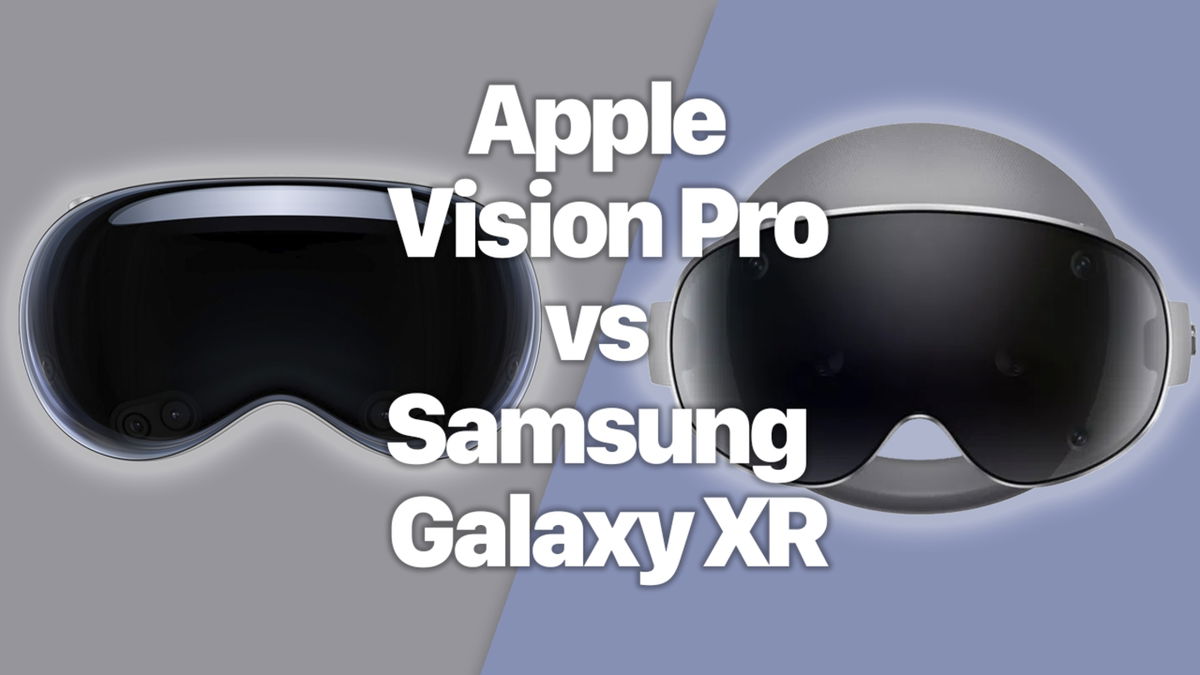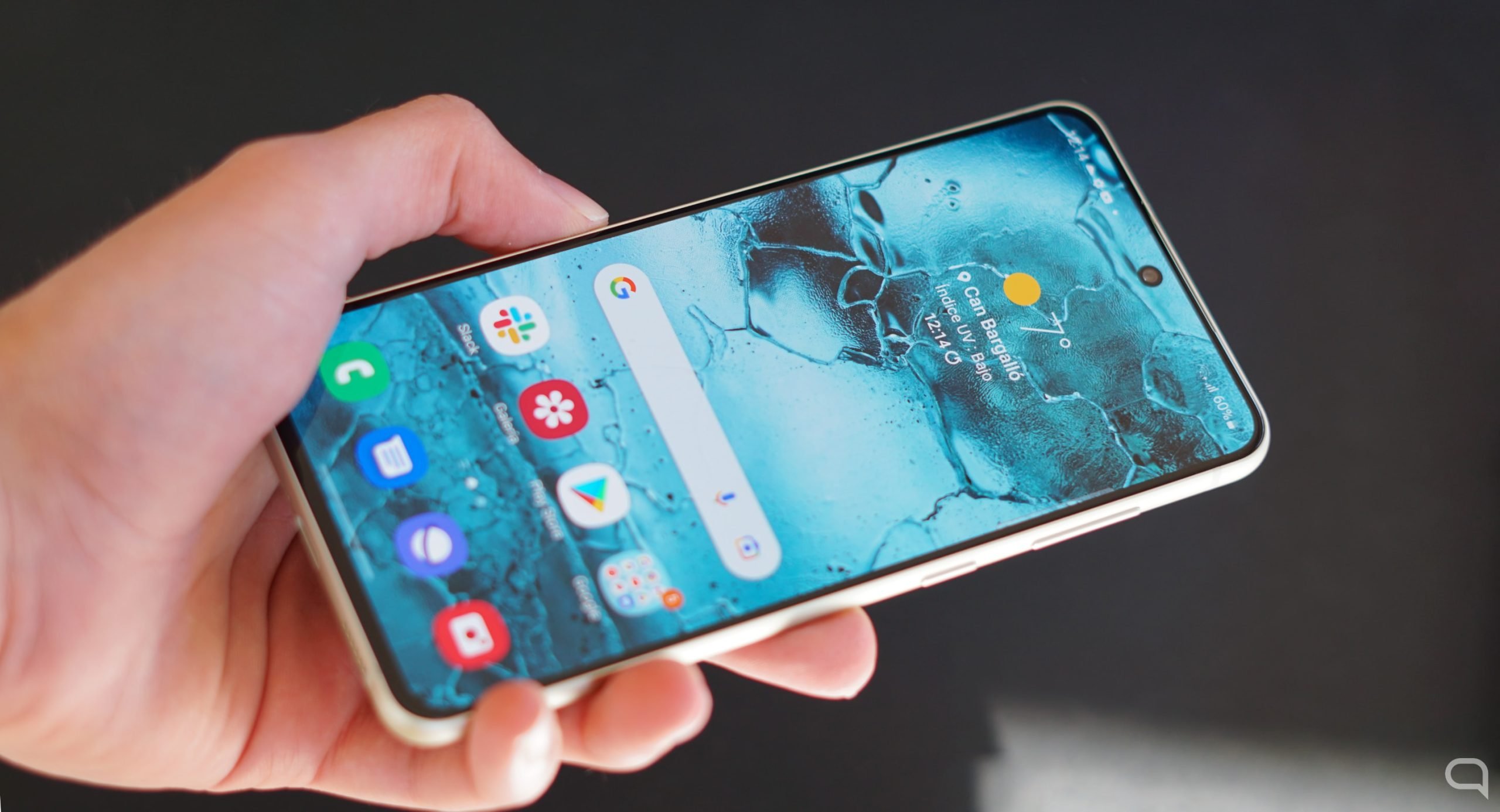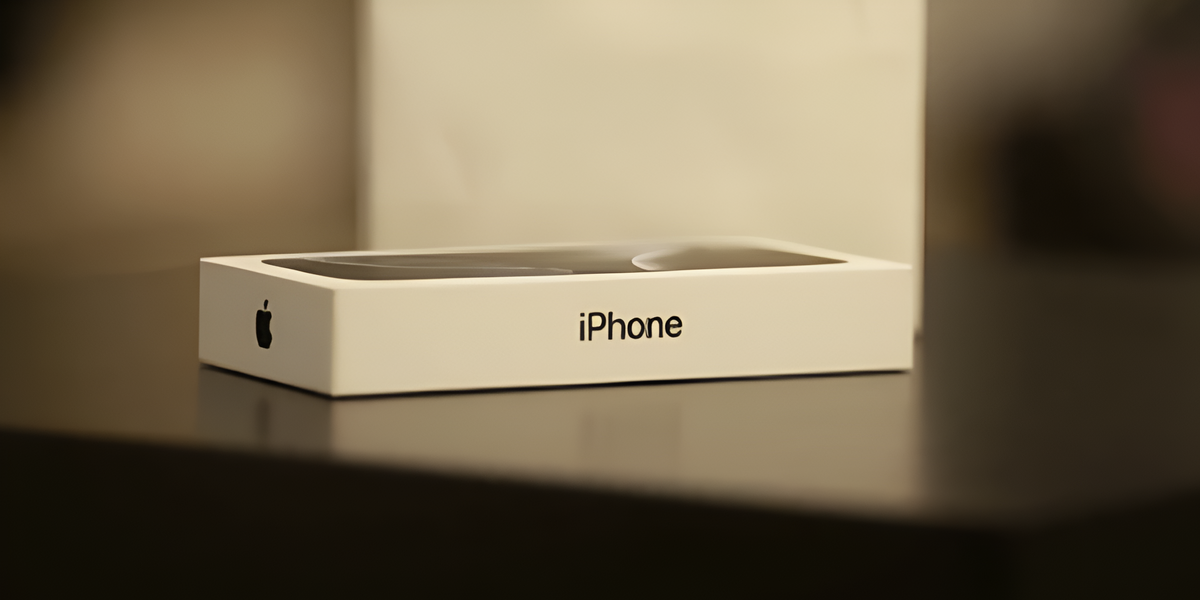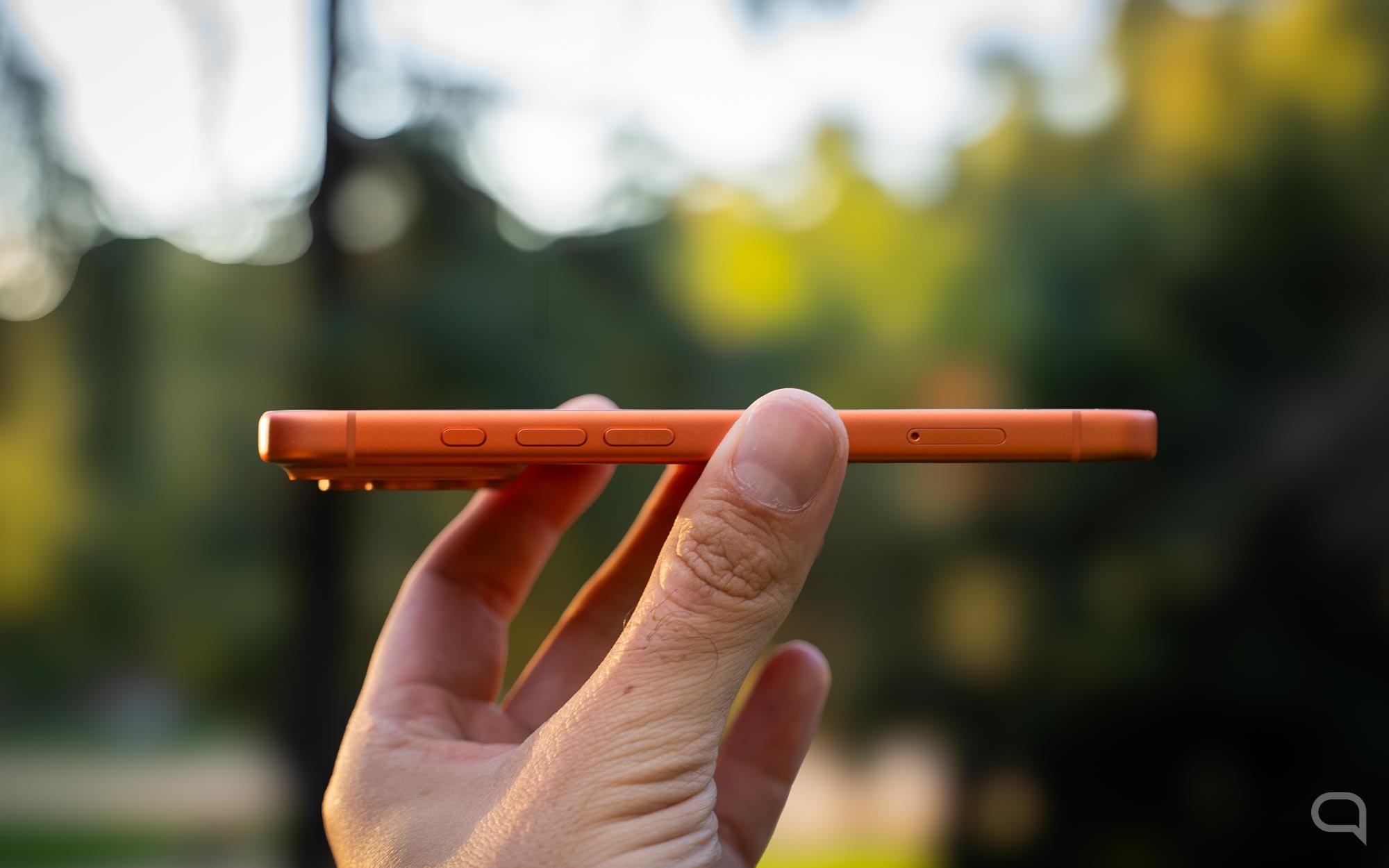In Mexico gray market This has become the best option to purchase a smartphone without breaking the bank. This also allows access to models that have not been officially introduced in the country. However, it is becoming increasingly clear that manufacturers look at it with bad eyes. Samsung has become the latest company to come under fire in Mexico for practices that could damage its image if they escalate.
This week, owners of Samsung smartphones in Mexico purchased on the gray market began receiving warning messages. The text highlights the main disadvantage of purchasing a terminal in this way: It has no guarantee in the country..
“Samsung informs. Your phone is not compliant. Failure to comply means the device is not covered by Samsung’s warranty and will not function properly.”
Samsung Mexico.
Now you would think that the vast majority of people who buy cell phones on the gray market, including from Samsung, would be aware of this “inconvenience”. However, it is not.
Although Samsung Mexico doesn’t mention it, there’s no doubt that more and more people with gray market smartphones are turning to service centers to get some damage repaired. But they receive the unexpected news that they do not have a valid guarantee in the country. Let’s be honest, the next step that many people usually take is to publicly criticize the brand.
Samsung Mexico assures that this message is aimed at protecting consumers.. But at the same time, they also protect themselves.
For now, Samsung Mexico has limited itself to sending messages only to terminals that were not purchased from authorized distributors. However, user concerns are growing due to what recently happened to Motorola.
Will Samsung follow Motorola’s path in Mexico?
Last July Motorola began blocking smartphones purchased on the gray market in Mexico. “Your Motorola device does not comply with Mexican regulations and has been disabled,” the message reads. Next, the terminal is only used for emergency calls, so you’re basically left with a paperweight.
Motorola, unlike Samsung Mexico, went further in its motives. He not only mentioned the problem of lack of guarantees in the country, but also believes that this equipment may put people at risk.
Too exaggerated? Well, Motorola has its own point of view. Gray market smartphones do not have a certificate to prove they work properly in Mexico. Mainly regarding the electrical section. The charger and voltage of imported equipment may differ from those required in our country. Nowadays, leaving the phone in unusable condition is a last resort.
“Due to the large number of non-standard devices in our country and the resulting risk to user safety, you have been warned to disable your Motorola device because it is not certified by Mexican regulatory authorities and does not comply with all standards*, approval protocols and warranty policies. applicable in the country of use, and will not operate correctly because they are not intended for networks in Mexico.”
Motorola.
The only way to avoid having your Motorola smartphone banned from the gray market is if you personally bought it overseas and then imported it for use in Mexico.
“Motorola devices that are not subject to the shutdown will be those devices that do not receive a shutdown alert, as well as devices purchased personally by a consumer abroad for use in Mexico through authorized or official channels that sell products purchased directly from Motorola. “These devices will only receive usage alerts.”
Motorola.
Aware of the approaching wave of criticism, Motorola offered victims a 30% discount on the purchase of an officially distributed smartphone.
Since there are many shops and vendors offering gray market terminals, they needed to start clarifying whether the distributed model was suitable for seamless operation in Mexico.
We clarify once again that At the moment, Samsung Mexico has not decided to block gray market smartphones in Mexico.. But looking at Motorola’s history, it’s best to stay on guard.
An interesting fact is that The gray market for mobile devices in Mexico has increased fivefold over the past 3 years.. This shows that consumers are choosing cheaper alternatives, especially at a time when mobile device prices have skyrocketed.
Source: Hiper Textual
I’m Ben Stock, a highly experienced and passionate journalist with a career in the news industry spanning more than 10 years. I specialize in writing content for websites, including researching and interviewing sources to produce engaging articles. My current role is as an author at Gadget Onus, where I mainly cover the mobile section.













